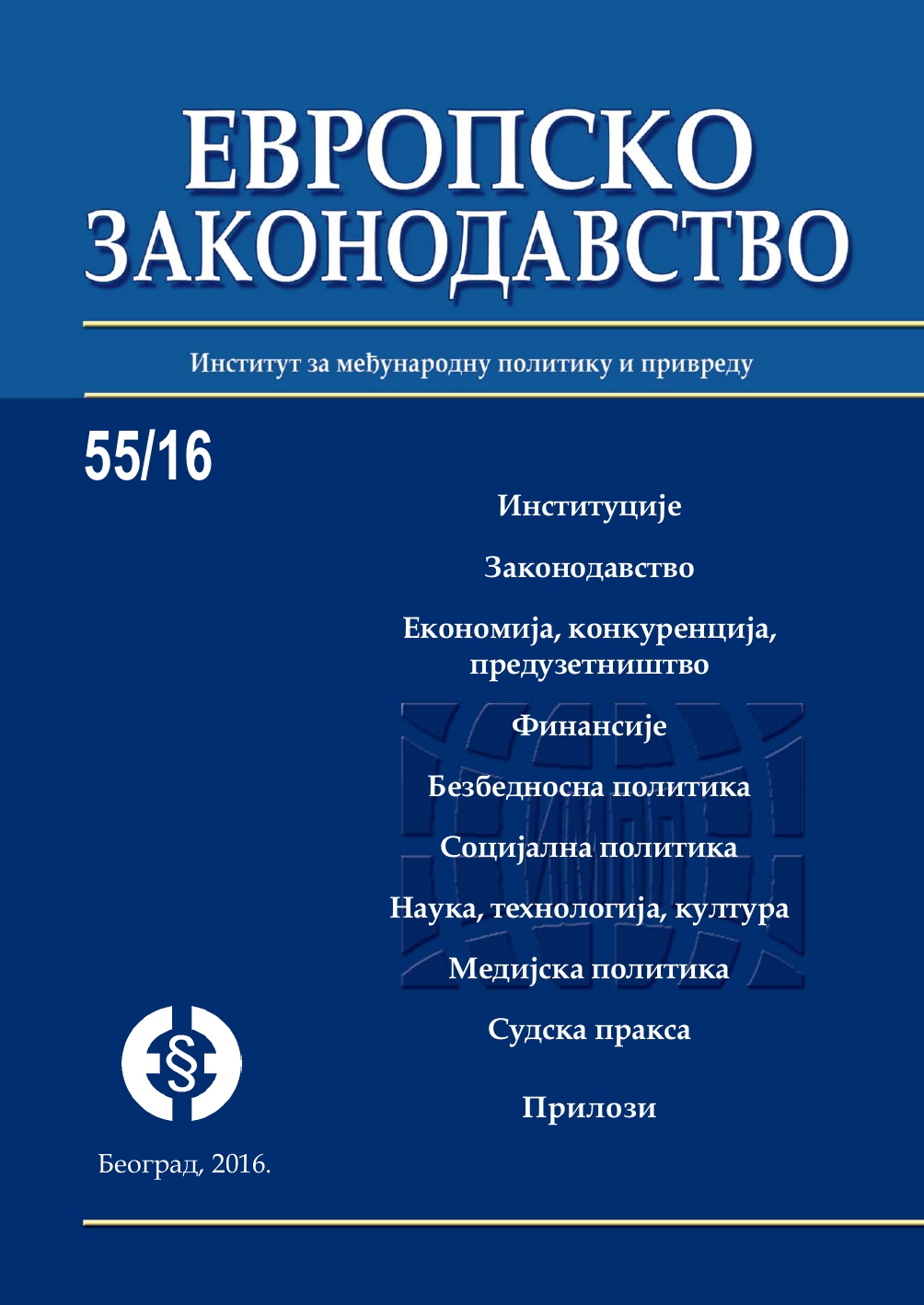Право на породични живот хетеросексуалних партнера у пракси Европског суда за људска права
The right to family life of heterosexual partners in the case law of the European Court of Human Rights
Author(s): Sanda ĆoracSubject(s): Human Rights and Humanitarian Law
Published by: Институт за међународну политику и привреду
Keywords: The European Convention on Human Rights;practice of the European Court of Human Rights;protection of the right to respect family life spouses and common-law partners
Summary/Abstract: The European Convention on Human Rights (Convention) is the main act in the framework of the Council of Europe, which provides the protection of human rights and fundamental freedoms, which certainly includes the right to respect for family life. Classification of the right to family life in the list of rights protected by the Convention recognized the special value that family life itself has. The right to respect for family life is a human right in the framework of which the protection enjoyed by married and unmarried partners. Thus, the European Court of Human Rights (Court) dealt with the issue of respect for family life of these persons. First of all, the case law of the Court, considered in the paper, dealt with the issue of the rights of married couples to the protection of family life in the context of the lack of spouse community life, divorce or the marriage concluded by religious customs. But besides spouses, protection within the notion of family life also includes other de facto relationships, as the Court confirmed through his rich practice. Unmarried partners who live together the Court considers a family, under condition that quality of relationship is not any different from the relationship that married partners have. Case-law which refers to the protection of the right to family life of married and unmarried partners indicates to the two required steps. The first step refers to determining the existence of family life between married or unmarried partners. Only if the Court estimates that there is a family life between these persons, it determines if there has been an intervention in it. So, we can conclude that the Court adopted the view in practice that the existence or absence of family life is actually a question of facts, depending on the actual practical existence of these relationships. In other words, there are no predetermined and rigid criteria, but the circumstance of each case is what guides the Court in deciding.
Journal: Европско законодавство
- Issue Year: 2016
- Issue No: 55
- Page Range: 369-387
- Page Count: 19
- Language: Serbian

